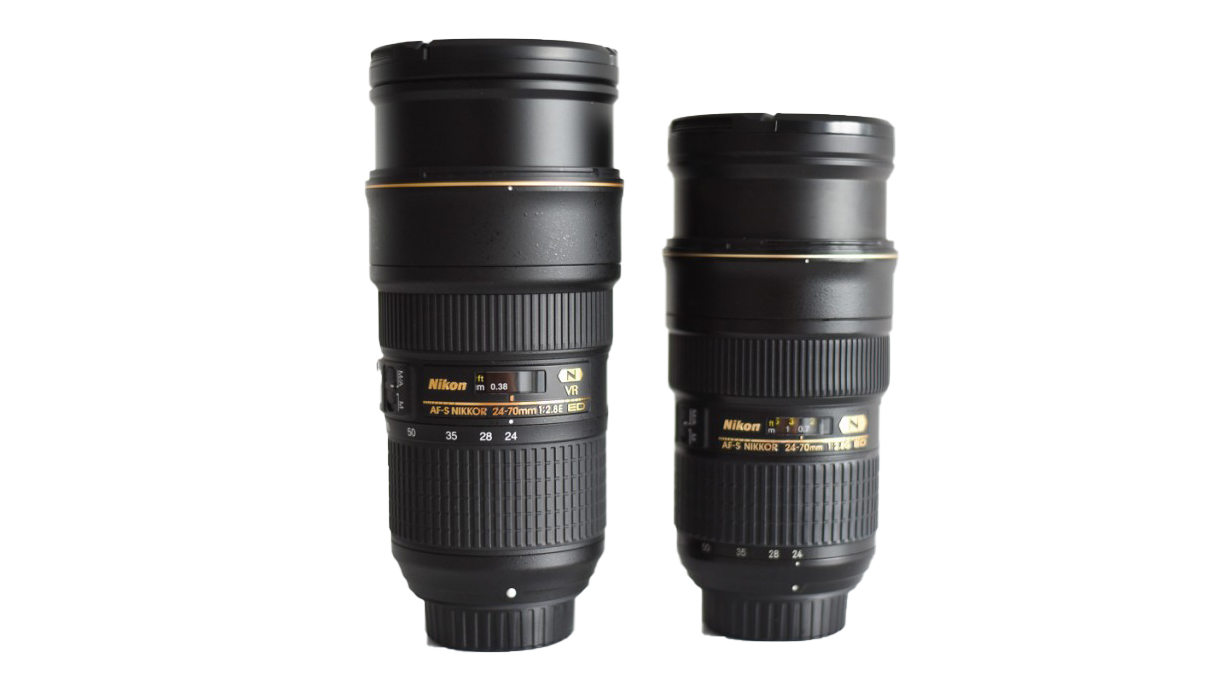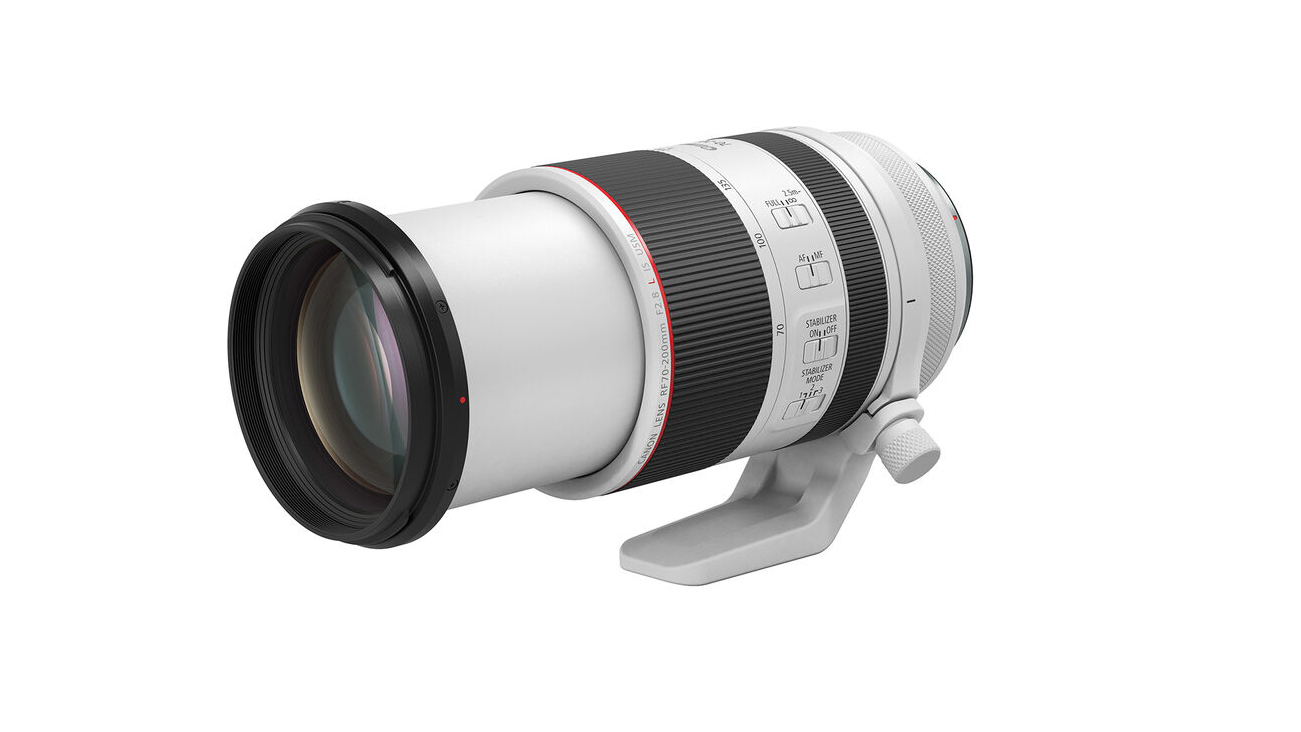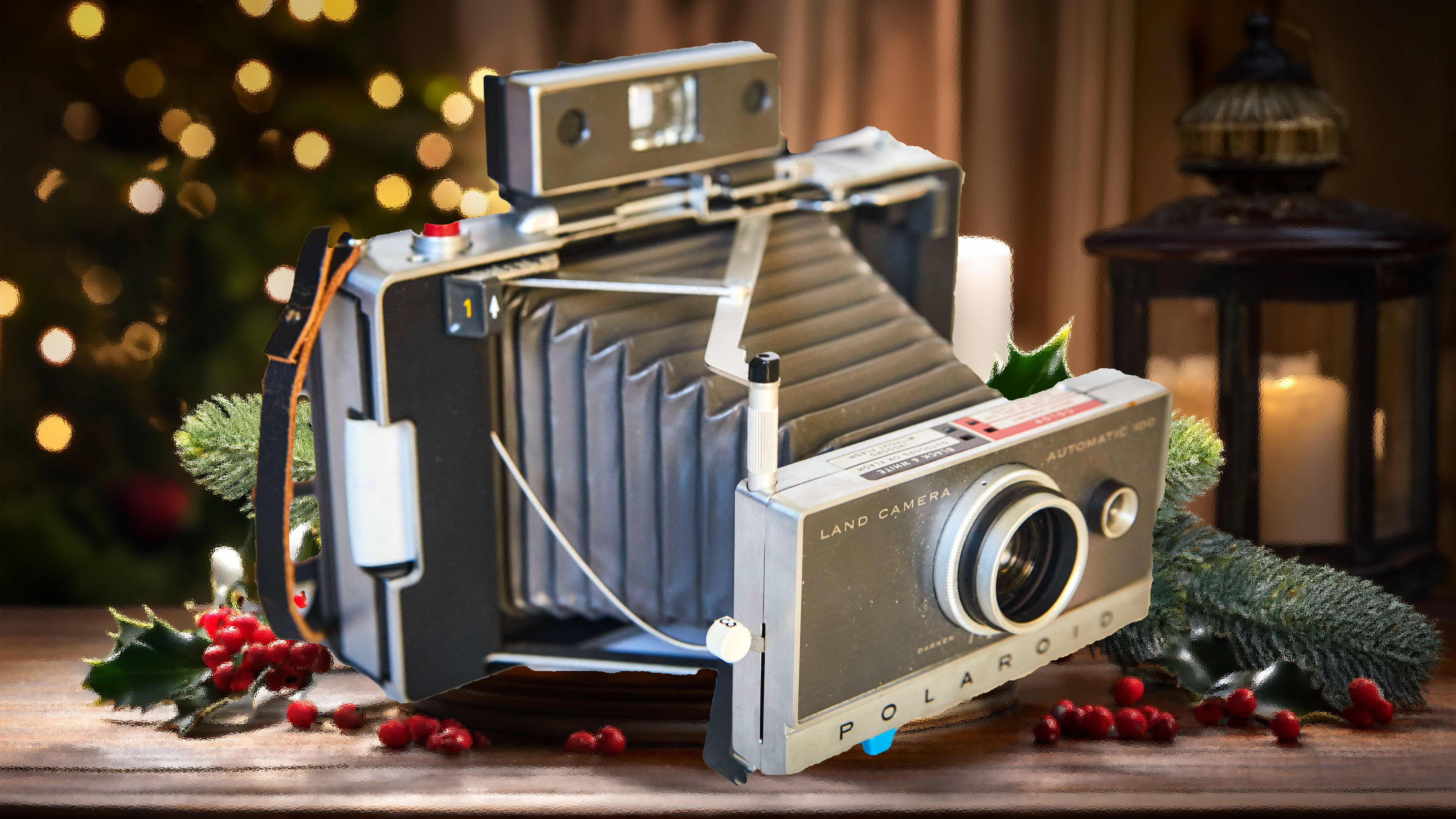Why I think external zoom lenses should be a thing of the past
Here's why I think external zoom lenses are inferior to the superior internal focus system

External zoom lenses were all the rage in the early 40s, right up to the 60s where lens manufacturers had the idea to build zoom lenses that had the zoom mechanism built inside the lens itself so the overall length of the lens stayed the same.
This helped with taking images in tight spaces, being more balanced while taking photos, and overall build quality was superior to that of the push-pull or extended zoom lenses of yesteryear.
So can someone please tell me why, in 2022, camera manufacturers are still building lenses with an external zoom design? The best zoom lenses – in my opinion – are the internal zooms.

I can understand that with some lenses cost is a key factor, and making the lens expand does indeed cut costs and make it more accessible to the end user. That said, Sony has had it sorted for some years now, Sigma is also following suit, which is great to see – but why can’t the big names in the photography industry follow the same path.
I remember the Nikon 28-70mm and the newer 24-70mm f/2.8 both being external zoom lenses. I personally had 3 of them over the years, and every single one got stuck at a certain focal length, because due to the design they couldn’t take a knock, dump, jump or speck of dust without breaking. These were meant to be professional grade lenses and they all were struck down by the inferior decision flaw of being external zooms.
External zoom lens run along a mechanism that allows the elements to move in sync, so when you zoom in to say 28mm to 70mm, the lens will either expand or retract to gain the correct focal length or focus if it is a fixed prime lens.
Because of the way in which the inner lens barrel has to move to gain its focus or zoom, lenses that use this design are not as weather-sealed as their internal focus counterparts. I have seen lenses that cost between £300 / $500 – £2,000 / $4,000 and all of them became prone to collecting dust within the elements because of the nature of the design.
The best camera deals, reviews, product advice, and unmissable photography news, direct to your inbox!
I have seen many lenses, (not just from Nikon, of course) that have suffered from this design and it scares me that as we move even further down the mirrorless era, lenses are also being produced with this same lens structure. So, why should you pay a lot of money for a worse design?

A lot of the Canon RF range for example follow this design structure and personally, I can see a lot of theses lenses going in for servicing when they take a knock or eventually when dust goes into the lens elements.
Think about it... you have two cylinders in an external zoom lens, the outer shell or body of the lens and the inner workings that expands or retracts with zoom or focus, therefore creating a vacuum of air between these two cylinders and eventually dust and dirt will find its way in there. Do you really want to pay $2,799/£2,599 for the brand new Canon RF 70-200mm f/2.8 that isn't internal focusing like its DSLR predecessor. I know I wouldn't!
Of course, I'm no engineer, and no camera manufacturer. This is is obviously my own opinion and everyone is entitled to theirs, but external lenses just really grind my gears in an age where I know manufacturers can produce lenses with internal focus at a great price point. Let's have some more robust and mechanically superior lenses on the market!
Read more:
Best Canon RF lenses
Best Leica SL lenses
Best Nikon Z lenses

For nearly two decades Sebastian's work has been published internationally. Originally specializing in Equestrianism, his visuals have been used by the leading names in the equestrian industry such as The Fédération Equestre Internationale (FEI), The Jockey Club, Horse & Hound, and many more for various advertising campaigns, books, and pre/post-event highlights.
He is a Fellow of the Royal Society of Arts, holds a Foundation Degree in Equitation Science, and holds a Master of Arts in Publishing. He is a member of Nikon NPS and has been a Nikon user since his film days using a Nikon F5. He saw the digital transition with Nikon's D series cameras and is still, to this day, the youngest member to be elected into BEWA, the British Equestrian Writers' Association.
He is familiar with and shows great interest in 35mm, medium, and large-format photography, using products by Leica, Phase One, Hasselblad, Alpa, and Sinar. Sebastian has also used many cinema cameras from Sony, RED, ARRI, and everything in between. He now spends his spare time using his trusted Leica M-E or Leica M2, shooting Street/Documentary photography as he sees it, usually in Black and White.
